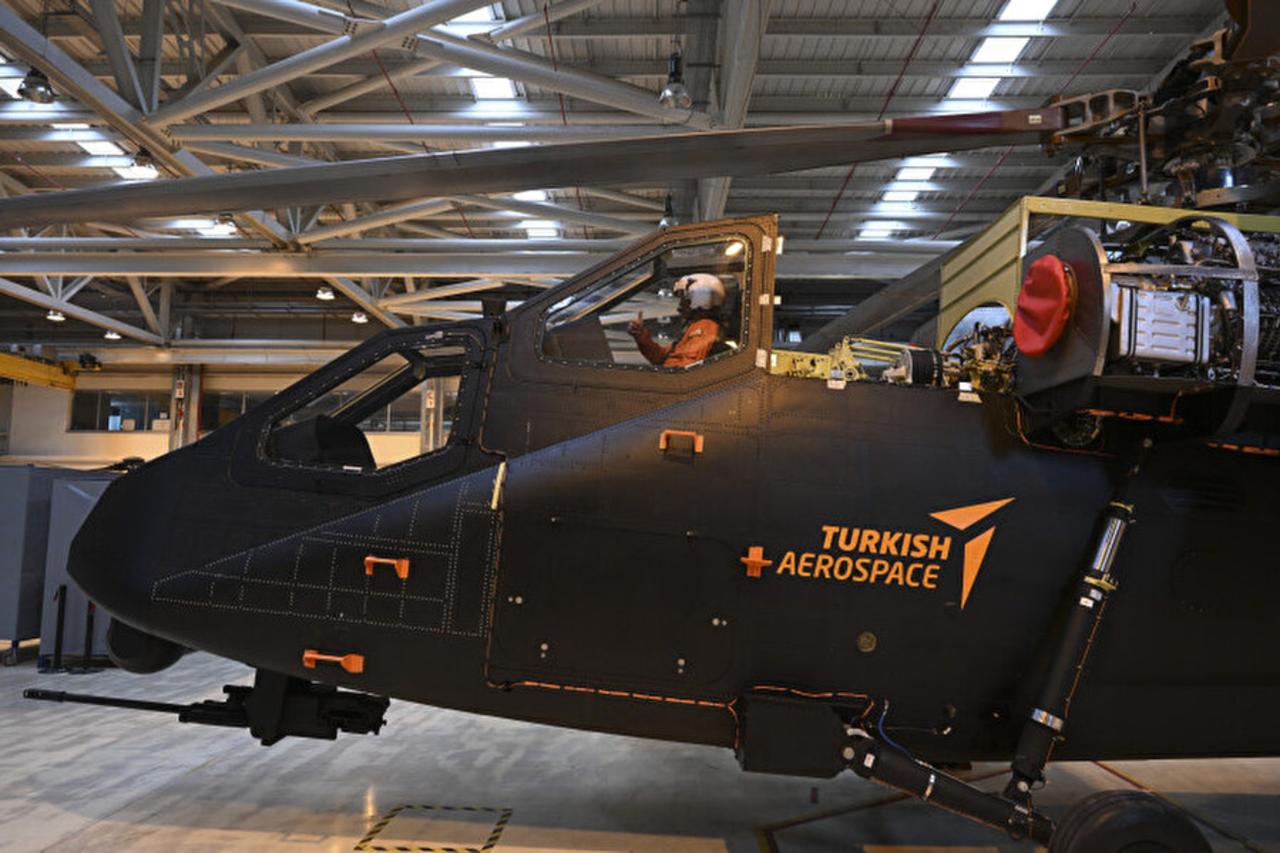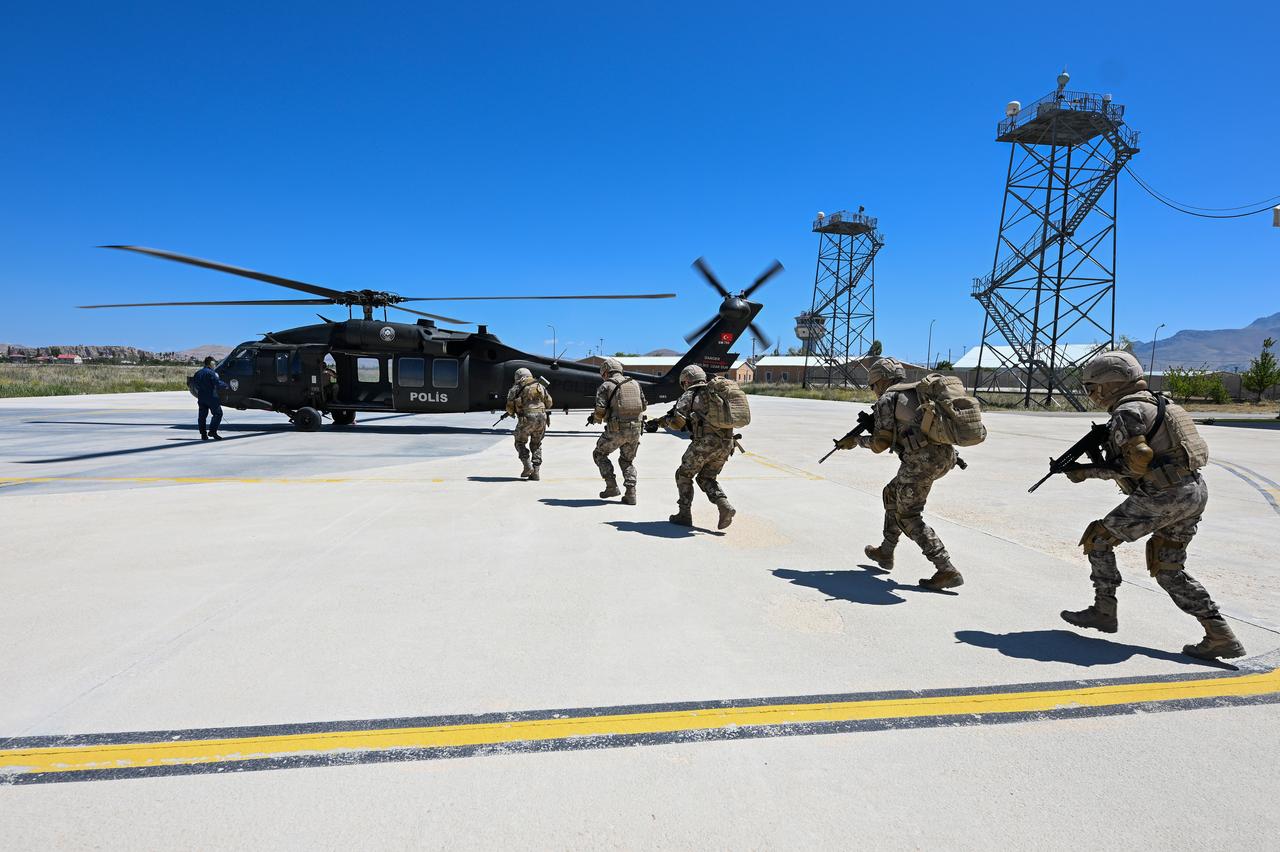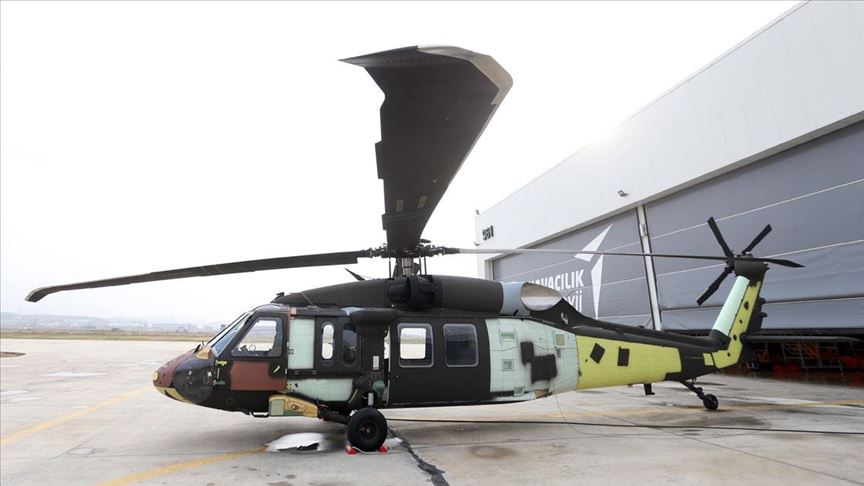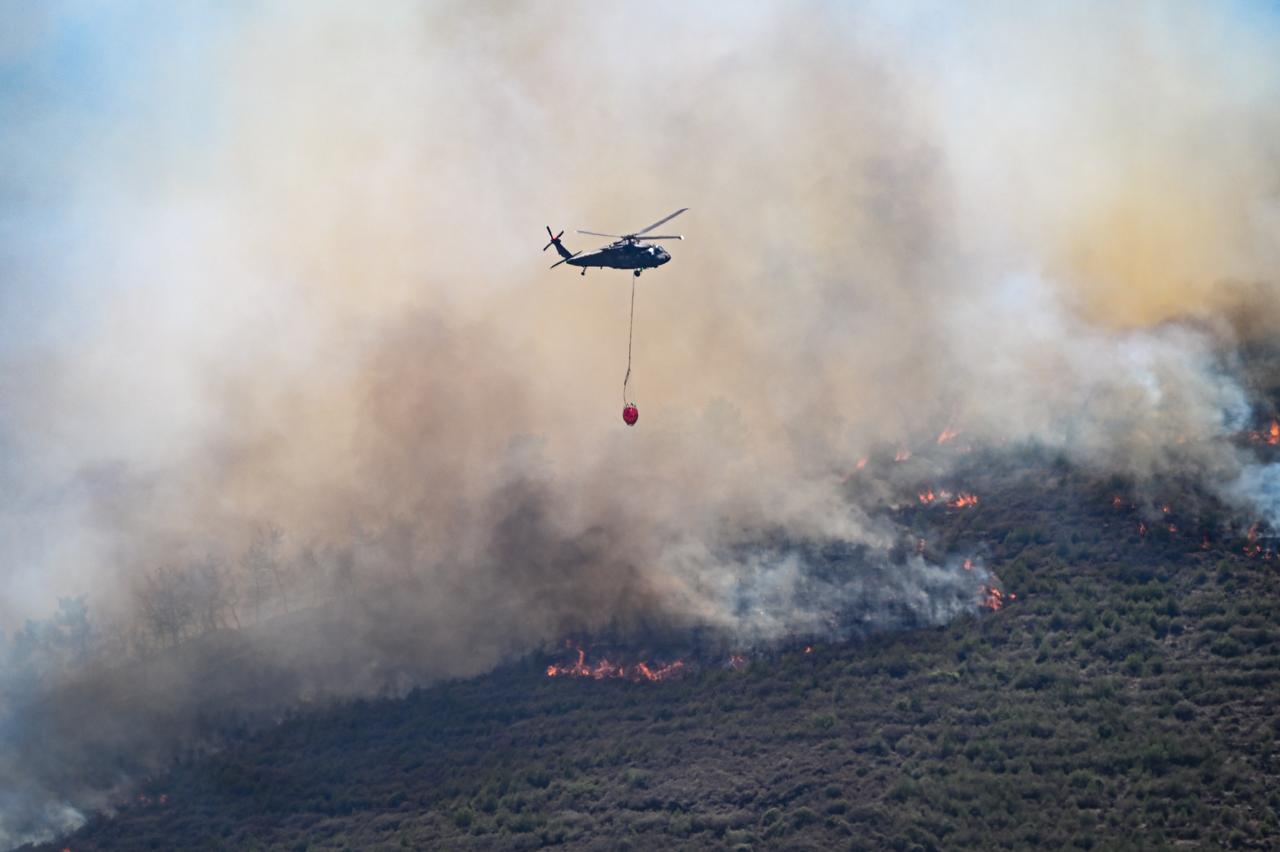
Turkish Aerospace Industries (TAI) has shifted priorities in its helicopter development program, putting the ATAK-2 Heavy Class Attack Helicopter Project on hold to focus on a 10-ton general purpose helicopter, according to company CEO Mehmet Demiroglu.
TAI CEO Mehmet Demiroglu announced that following evaluations with the Turkish Armed Forces (TAF) and the Defense Industries Presidency, the company decided to change priorities in its helicopter development program.
"Our ATAK-2 continues essentially, but we made a change there. We sat down at the table with our forces, coordinated by our Defense Industries Presidency. We said, what do we need more? Because the 10-ton and ATAK-2 were continuing together as sister platforms. ATAK-2 was in front, the 10-ton was following behind," Demiroglu said.

Following comprehensive assessments, security forces identified the 10-ton general purpose helicopter as their priority need. Demiroglu explained the reasoning behind the decision:
"In the evaluations made, our forces said, 'Our general purpose helicopter became more prominent in the process from the 2030s to the 2040s, especially due to the inability to procure Sikorsky T-70s. Both those that will be removed from inventory and the inability to meet needs adequately revealed that the 10-ton helicopter should be made earlier,'" Demiroglu stated.

Demiroglu noted that TAI had previously initiated a 10-ton helicopter project for firefighting purposes for the General Directorate of Forestry, and military versions of this aircraft are now being developed.
"The 10-ton general purpose helicopter was already a project we had started. We started 8 units for firefighting purposes for the General Directorate of Forestry, but we decided on its military versions and configurations with the Air Force, Land Forces, Naval Forces, Gendarmerie and many other users. We are working on that," Demiroglu said.

Demiroglu indicated that the ATAK-2 project will receive renewed focus in the future. He emphasized the high degree of common component usage between the two helicopter platforms.
"But we also planned ATAK-2 jointly. I probably wouldn't be wrong to say this. 60% of both helicopters are common. What does this mean? The transmission is completely common, the engines are common, the drivetrain rotor is common, the avionics are common, many subsystems are common. Only the fuselage will be different, and the layout will be different, but 90% of the subsystems to be used are common. Now this automatically means that whichever one you work on, you also make the other one," Demiroglu explained.
Regarding the timeline for ATAK-2's return to the development schedule, Demiroglu stated: "We can bring ATAK back to the agenda in the 2028-2029 band as well. I mean, we will. We will have completed that by 2030 as well."
The shared components between the two helicopter platforms expected to allow TAI to maintain progress on both projects simultaneously.
The common elements include transmission systems, engines, drivetrain rotors, avionics, and numerous subsystems, with only the fuselage and internal layout differing between the aircraft.